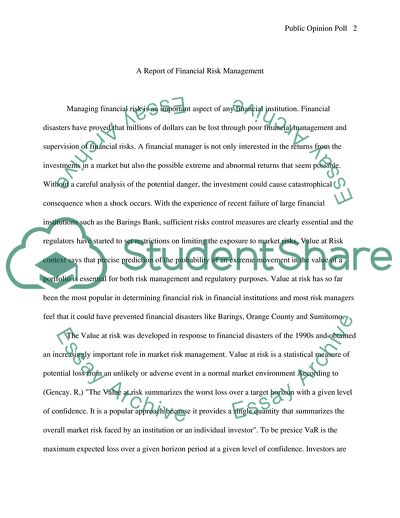Cite this document
(Financial Risk Management Literature review Example | Topics and Well Written Essays - 3000 words, n.d.)
Financial Risk Management Literature review Example | Topics and Well Written Essays - 3000 words. Retrieved from https://studentshare.org/finance-accounting/1706478-a-report-of-financial-risk-management
Financial Risk Management Literature review Example | Topics and Well Written Essays - 3000 words. Retrieved from https://studentshare.org/finance-accounting/1706478-a-report-of-financial-risk-management
(Financial Risk Management Literature Review Example | Topics and Well Written Essays - 3000 Words)
Financial Risk Management Literature Review Example | Topics and Well Written Essays - 3000 Words. https://studentshare.org/finance-accounting/1706478-a-report-of-financial-risk-management.
Financial Risk Management Literature Review Example | Topics and Well Written Essays - 3000 Words. https://studentshare.org/finance-accounting/1706478-a-report-of-financial-risk-management.
“Financial Risk Management Literature Review Example | Topics and Well Written Essays - 3000 Words”, n.d. https://studentshare.org/finance-accounting/1706478-a-report-of-financial-risk-management.


